Seas of sewage - Newspaper - DAWN.COM
Seas of sewage
HAJRAH MUMTAZ — PUBLISHED about 10 hours ago
The writer is a member of staff.
AS an immigrant to Karachi from the landlocked north, my romance with the seaside is fairly recent, a continuing process of discovery. The idea of the swell having moods is as old as mankind’s nautical history; nevertheless, I have spent the past few years discovering this for myself.
There are times and seasons, a certain period of the year, when the waters are calm and beatific; where the shelf is sandy, it is possible to wade far out from the sand with no question of danger. There are periods when the sea rages and roars. The beach I frequent is Hawkesbay, about an hour’s drive from the city centre. I’ve noticed that during some months — it’s always the same time of the year since the phenomenon depends on the weather and wave patterns — the beach becomes covered with seaweed; at other times, it’s littered with seashells that come up out of the deep, sometimes thousands upon thousands of them.
These days, what the beachgoer is met with is trash. The ordinarily pleasurable exercise of allowing the waves to splash over you is rendered disgusting by the garbage, and the shocking amount of it, that the monsoon currents are dredging up.
Plastic bottles, candy wrappers, sodden packets of chips, syringes, diapers, shoes and, outstripping all other items in terms of sheer numbers, the ubiquitous ‘shopper’: these are just a few of the hazards if you’re foolish enough to enter the water at Hawkesbay these days.
These days, what the beachgoer is met with is trash.
A week ago, the high-tide point looked almost as bad as a landfill site, a line comprised of soaking, fused-together filth. And the experiment of letting a bucket fill up with seawater — never has the analogy of ‘a drop in the ocean’ been more fitting — netted me four or five large, identifiable pieces of garbage, and easily a couple of cupfuls of small, unidentifiable bits of stuff that certainly had no place in the sea.
I recount this because it constitutes anecdotal evidence of what is already known. At the Native Jetty, a close by and favourite destination for day trippers, the harbour’s waters are covered with a floating layer of trash, with more being added every minute: leftover consumables obviously get thrown overboard, on the mistaken assumption that it’s good for marine life, but so does everything else. And even if the trash were taken back into the city to be disposed of ‘properly’, a good proportion of it would nevertheless end up in the sea.
Some 8,000 tons of solid waste are dumped into or end up in the Karachi Harbour every day; waste from chemical, textile, plastics and thousands of other industrial operations in the metropolis that are unmonitored, and ordinary waste that is generated by a population of over 20 million people in a city with hardly any infrastructure to speak of. This is according to statements by marine pollution control authorities and experts that appear in the press from time to time. Additionally, there are toxins and waste carried into the sea by the rivers.
But I save the most nauseating number for the last: every day,
350 million gallons of raw sewage or untreated industrial waste from Karachi flow into the harbour, as acknowledged by representatives of the Marine Pollution Control Department. As an article in the Washington Post a couple of months ago put it, that’s enough to fill 530 Olympic-sized swimming pools. According to a situation report prepared for the KWSB last year by the chief engineer of its internal reform programme,
some 90pc of the city’s untreated sewage is discharged into the sea, the reasons for this including a too-old and insufficient sewage system, violations of the city’s master plan and the unchecked growth of unplanned settlements.
The problem, as I noted, is well known, and its effects on fishing communities and marine life documented. As many researchers have recorded,
the fish from which the little villages along the coast earned their living are moving further and further away into the deep, no doubt retreating from the ocean of filth before it kills them. And in these villages about which no one cares, outbreaks of skin infections and other health disorders associated with exposure to toxins are just another price that Pakistan exacts from the poor — hardly anything out of the ordinary.
Yet why single out Karachi when the picture is similar across the country for water bodies? The streams and brooks in the Murree hills, the catchment area for the capital’s water supply? Choked with garbage and sewage. The Ravi, once Lahore’s lifeline? Ditto, as discussed on these pages recently. Everywhere, an exploding population coupled with poor planning, the lack of infrastructure and unmonitored industrial activities are killing the environment.
Pakistan is not alone in this, of course. But the argument could be made that it is amongst the countries most ill-equipped to deal with the consequences.
The writer is a member of staff.
hajrahmumtaz@gmail.com
Published in Dawn, July 6th, 2015












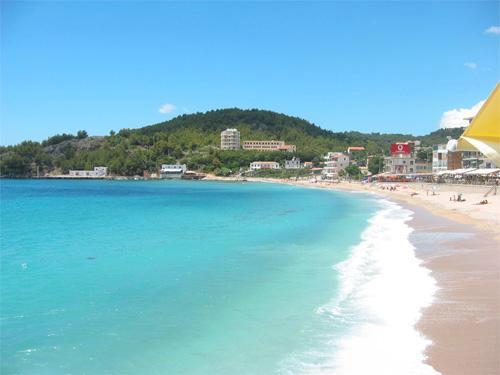
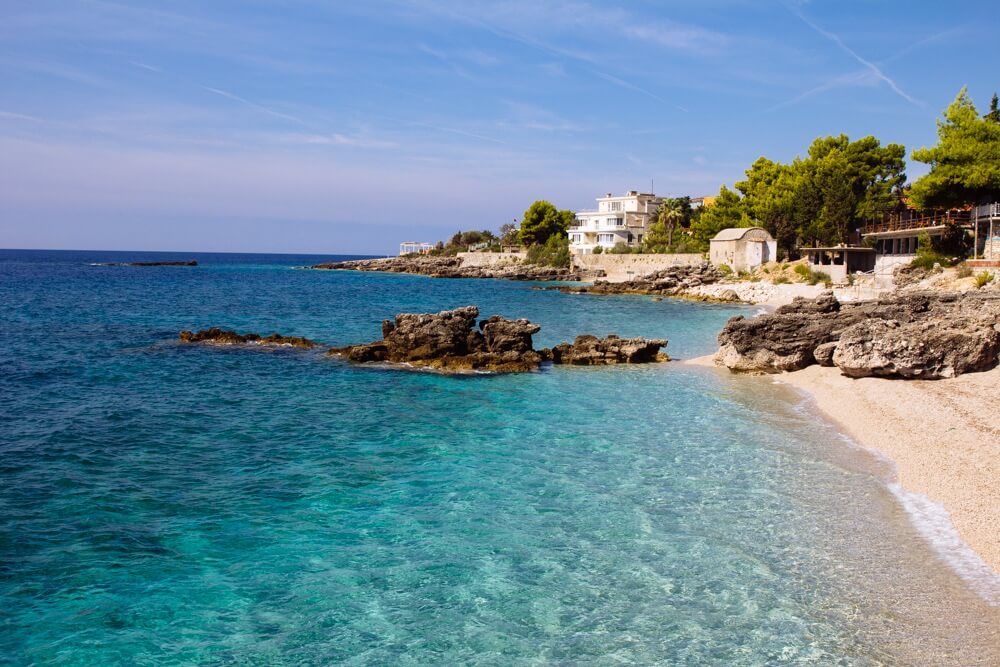
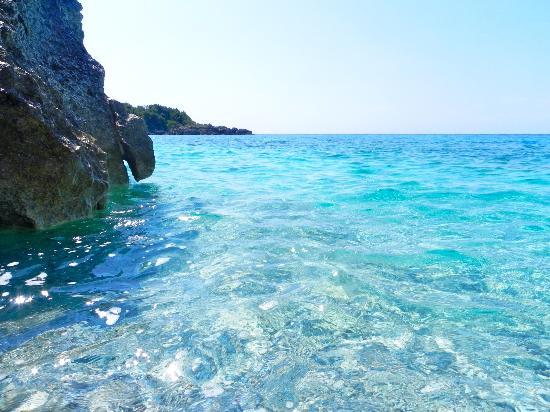
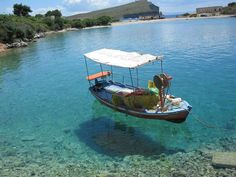

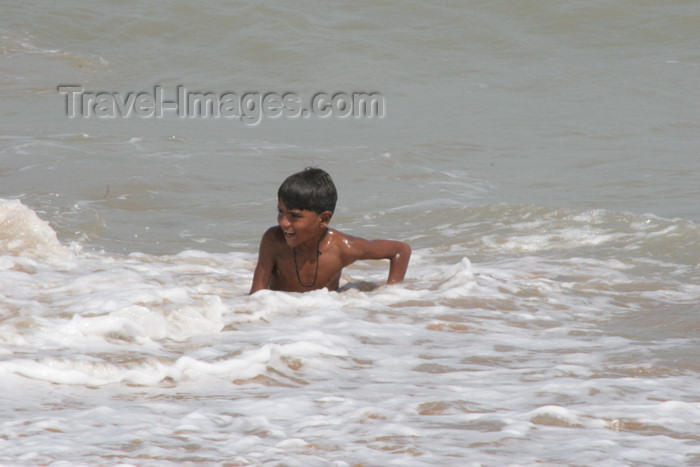







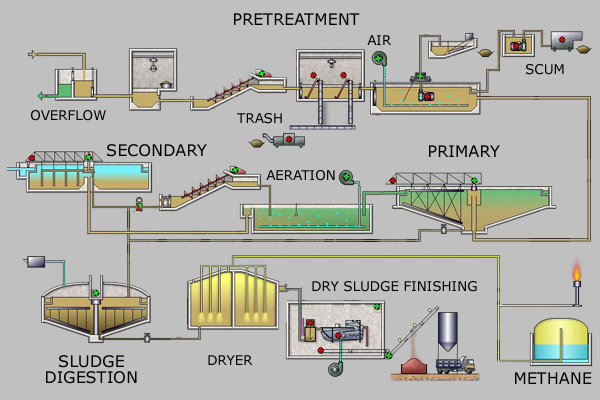



 . Their economy took off as Tourism economy. But they successfully converting it as a Industrial economy . Nowadays only 7-8 % of their GDP is coming from tourism . No doubt, they came to the global investment radar through tourism only during 1970s.
. Their economy took off as Tourism economy. But they successfully converting it as a Industrial economy . Nowadays only 7-8 % of their GDP is coming from tourism . No doubt, they came to the global investment radar through tourism only during 1970s.